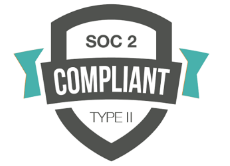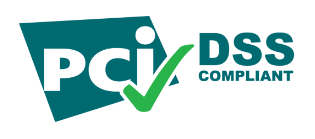Olympus |
Virtual Accounts
Harness the power of
virtual accounts for
quicker collections
Streamline your payment collection process by mapping customer payments against respective invoices in real-time
3 Easy Steps to
Get Started with EnKash

Sign Up

Complete KYC Process

Get Started

The EnKash way is
the better way
Switch to EnKash today!
Repetitive
Follow-up
Invoice
Matching
Payment
Links
Cash Flow
Management



Improve your
business collections
with
virtual accounts
Simplified Tracking
With a virtual account, the process of tracking customer payments made and due can be checked easily
Real-Time Updates
Records are updated in real-time as and when payment is received from the customer
Outstanding Management
With complete insight into payments made by customers, outstanding management becomes easy
Automated Reconciliation
Virtual accounts make the bank reconciliation process automated, fast, and accurate with source information
Overall
Visibility
Virtual accounts ensure you have overall visibility into activities like collections and cash flow usage in a few simple clicks
Easy Payment Collection
The payment collection becomes easy and faster with unique virtual account numbers
Use virtual accounts to simplify
business collection processes
How does it work?

1/3


Businesses have the flexibility to receive payments through various methods, including debit or credit cards, net banking, and UPI
Learn how virtual accounts can revolutionize the way you work!
Read Blogs
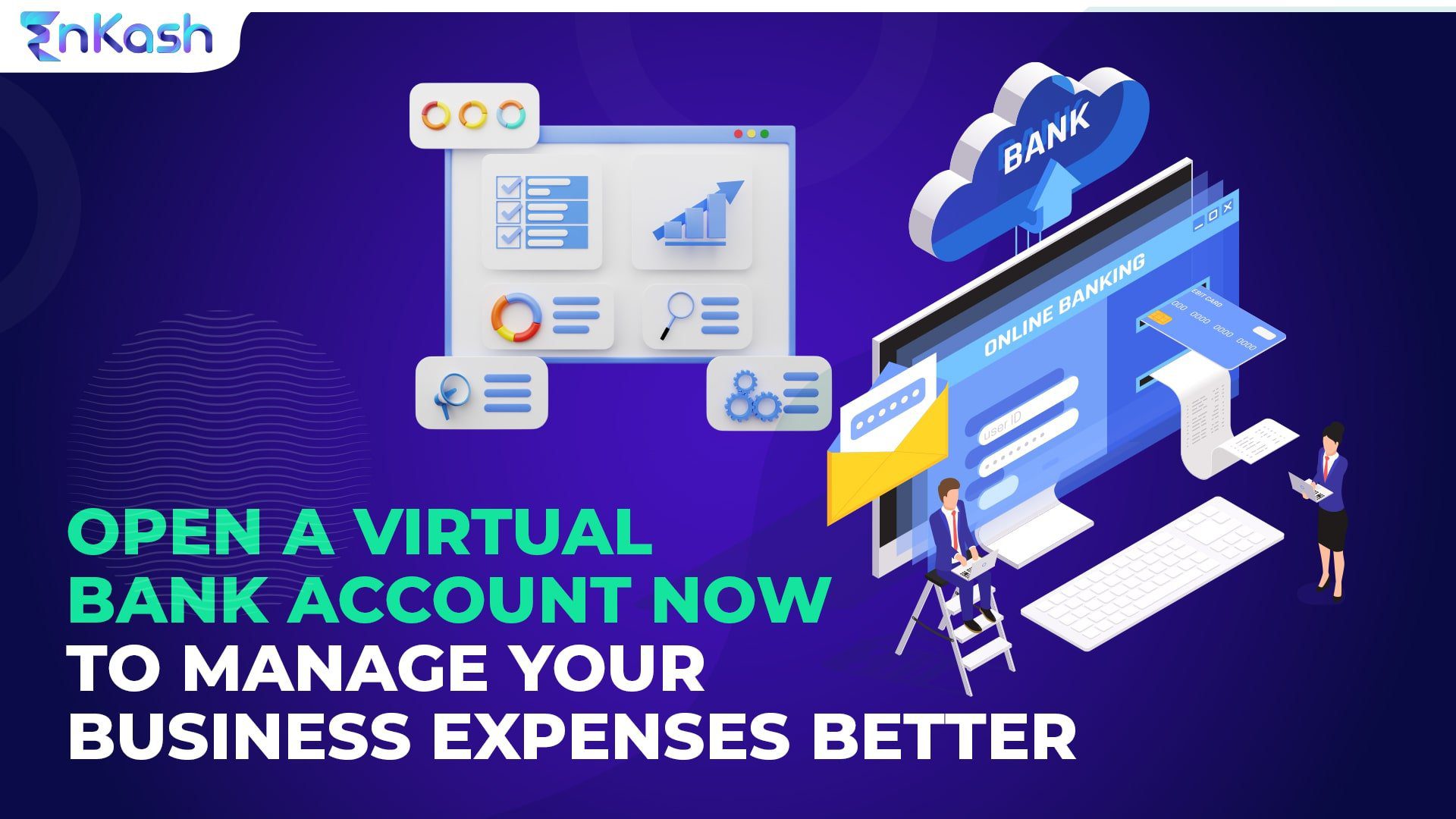
Open a Virtual Bank Account for Business and Manage Expense Better
Dec 26, 2022
Virtual bank accounts have been in high demand for the past couple of decades, offering unique advantages to users compared to traditional bank accounts. Open a virtual bank...
Read More
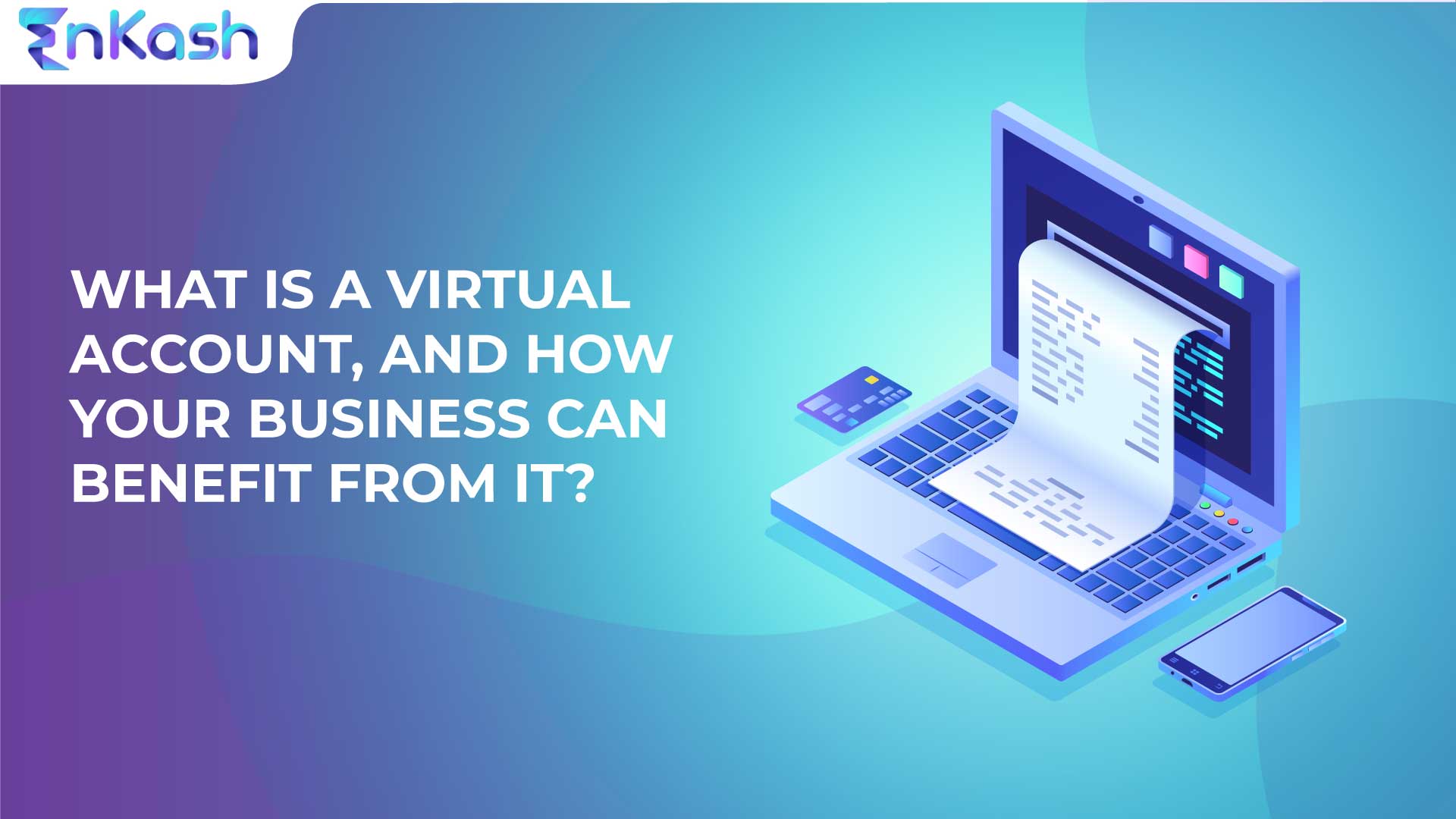
What Is a Virtual Account, and How Your Business Can Benefit from It?
Jan 27, 2023
Virtual banking has penetrated the large-scale sector, and every small-scale and medium-scale business is also moving towards virtual banking. Virtual bank accounts are trending because of...
Read More
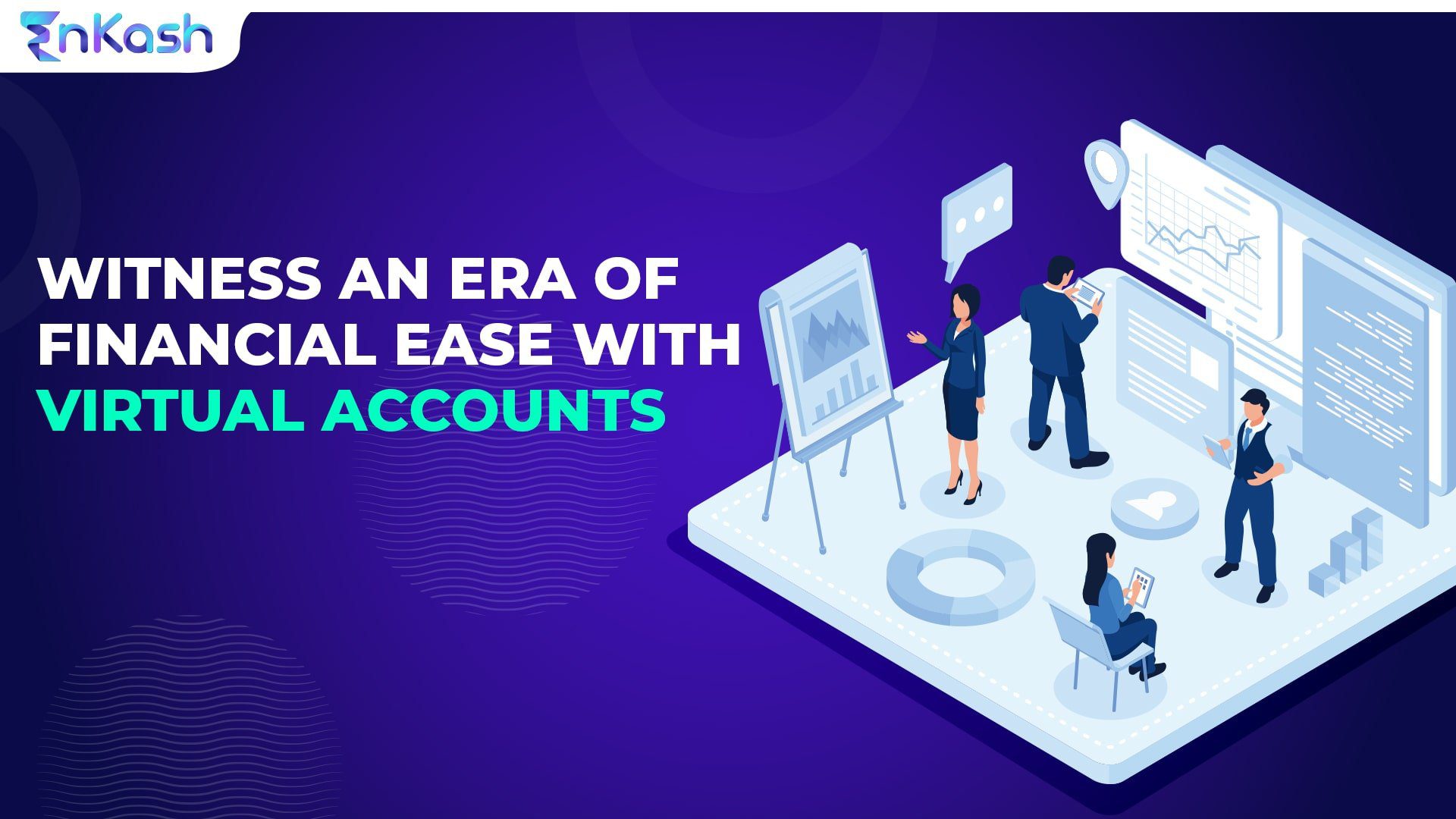
Learn How Virtual Accounts Can Benefit Your Business
Jan 09, 2023
Virtual account allows businesses to initiate seamless financial transactions and maintain track records. Various large, medium, and small-scale businesses are shifting towards...
Read More
Got Questions?
Don't worry! Our FAQs section will help you learn about virtual accounts in detail
What is a virtual account?
Virtual account means a digital account that is designed to streamline the financial processes of businesses. These are similar to bank accounts with various other added benefits. Virtual accounts are commonly used for collecting payments from customers. Each customer is assigned a unique virtual account number. When they make a payment, the funds are automatically routed to the company's actual bank account associated with that virtual account.
Is a virtual account a bank account?
A virtual account is not a traditional bank account, but it is a financial tool used by banks, fintechs, and businesses to manage funds and transactions. Virtual account is used for various purposes, such as receivables and payables, segregating funds, simplifying reconciliation, and improving cash flow management.
Under receivables, it lets the account holders and those interacting with it make and receive payments quickly. For instance, if you have several customers who have to make payments to your account, you can create virtual accounts within your business bank account and embed the link in the invoice that you send to customers. When customers remit the payment using the link, it will make it easier to track the payment to the customer and reconcile accounts.
Who can open a virtual account?
Any person who is above legal age, which is 18 years old, can open a virtual account as long as they have access to the internet and have an internet-connectible digital device to support transactions.
Is virtual account traceable?
There are many advantages that virtual accounts offer, including ease of use, the ability to offer better customer service, real-time updating of their accounts with the payments received, prevention of fraud, and, most important of all, how traceable virtual accounts are to specific customer accounts and their payments.
What are the steps to open a virtual account?
To open a virtual account, you need to connect with a bank or a fintech, depending on your business requirement. You will be required to submit documents for verification and customer onboarding. Once the onboarding process is completed, your virtual account will be set up. Each virtual account will typically have its own account number, and you may receive login credentials or access through the portal.
 x
xSeeking further understanding of virtual accounts?
Virtual accounts basically function as an electronically usable payment and collection instrument, which can be formed as a subset of your core bank account. A virtual account contains a series of unique sets of codes that in most instances are numerical.



